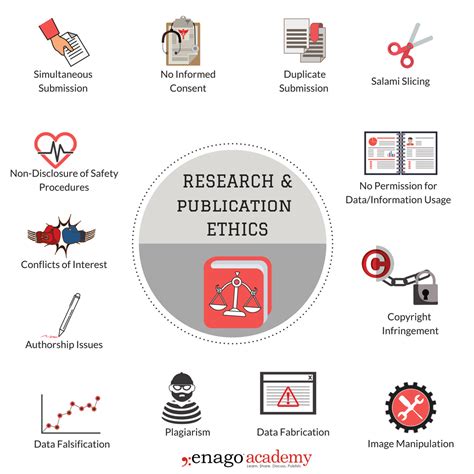- سبدخرید خالی است.
- ادامه خرید
The Need for Ethical Guidelines for AI in Crypto
The need for ethical guidelines for AI in crypto
As the cryptocurrency market continues to grow and evolve, the use of artificial intelligence (AI) is becoming more and more frequent. AI applications are being used to improve commercial strategies, optimize mining processes and even predict market trends. However, with great power comes a great responsibility, and the need for ethical guidelines for Cryptography has never been more pressing.
The risks of AI
without control **
While AI has the potential to generate significant benefits in the cryptocurrency space, it also raises a series of risks. For example:
* Bias and discrimination

: AI algorithms can perpetuate existing biases and discriminatory practices if they are trained in biased data. This can lead to the unfair treatment of certain groups, including women, minorities and low -income individuals.
* Lack of transparency : The use of ia in cryptography is often opaque, which makes regulators and investors difficult to understand how decisions are made. This lack of transparency can lead to distrust and undermine confidence in the market.
* Cybersecurity threats : IA systems can be vulnerable to cyber attacks, which could compromise confidential data and interrupt operations.
The importance of ethical guidelines
In light of these risks, it is essential that a set of ethical guidelines for the use of cryptography be established. These guidelines must be designed to protect users, investors and the widest community of potential damage. Some key principles that must be included in these guidelines include:
- Data protection : Make sure that all the data used to train the algorithms of AI are precise, complete and anonymized.
- Transparency : Let it clear how decisions make AI systems and provide users with easy access to their data and how it can be used.
- Equity and bias : Implement mechanisms to detect and mitigate bias in AI algorithms, ensuring that they do not perpetuate existing social inequalities.
- Responsibility : Establish a system to hold people and organizations for any damage caused by AI systems.
Implementation of ethical guidelines
The establishment of ethical guidelines for AI in cryptography is a continuous process that requires collaboration between regulators, industry leaders and ethical experts of AI. Some potential steps to implement these guidelines include:
- Initiatives of the entire industry : encourages companies to adopt best practices and develop internal policies around the use of AI.
- Regulatory frameworks : Estable clear regulatory frameworks for the development and implementation of AI applications in cryptography.
- Public commitment : Intermace with interested parties, including users, investors and policy formulators, to collect information about guidelines and make sure they are effective.
Conclusion
The use of cryptographic raises significant risks if not controlled. By establishing ethical guidelines that prioritize transparency, equity and responsibility, we can mitigate these risks and create a more sustainable and responsible cryptocurrency ecosystem. As the industry continues to evolve, it is essential that we prioritize ethics and work to create a brighter future for all interested parties.
When working together, we can take advantage of the power of AI to boost innovation and growth while minimizing its negative consequences. The time has come to establish clear guidelines for AI in cryptography, and we are well positioned to advance this critical issue.
Sources:
- [A report from the Cambridge Center for Alternative Finance] (
- [A forbes article on the ethics of artificial intelligence in finance] (
